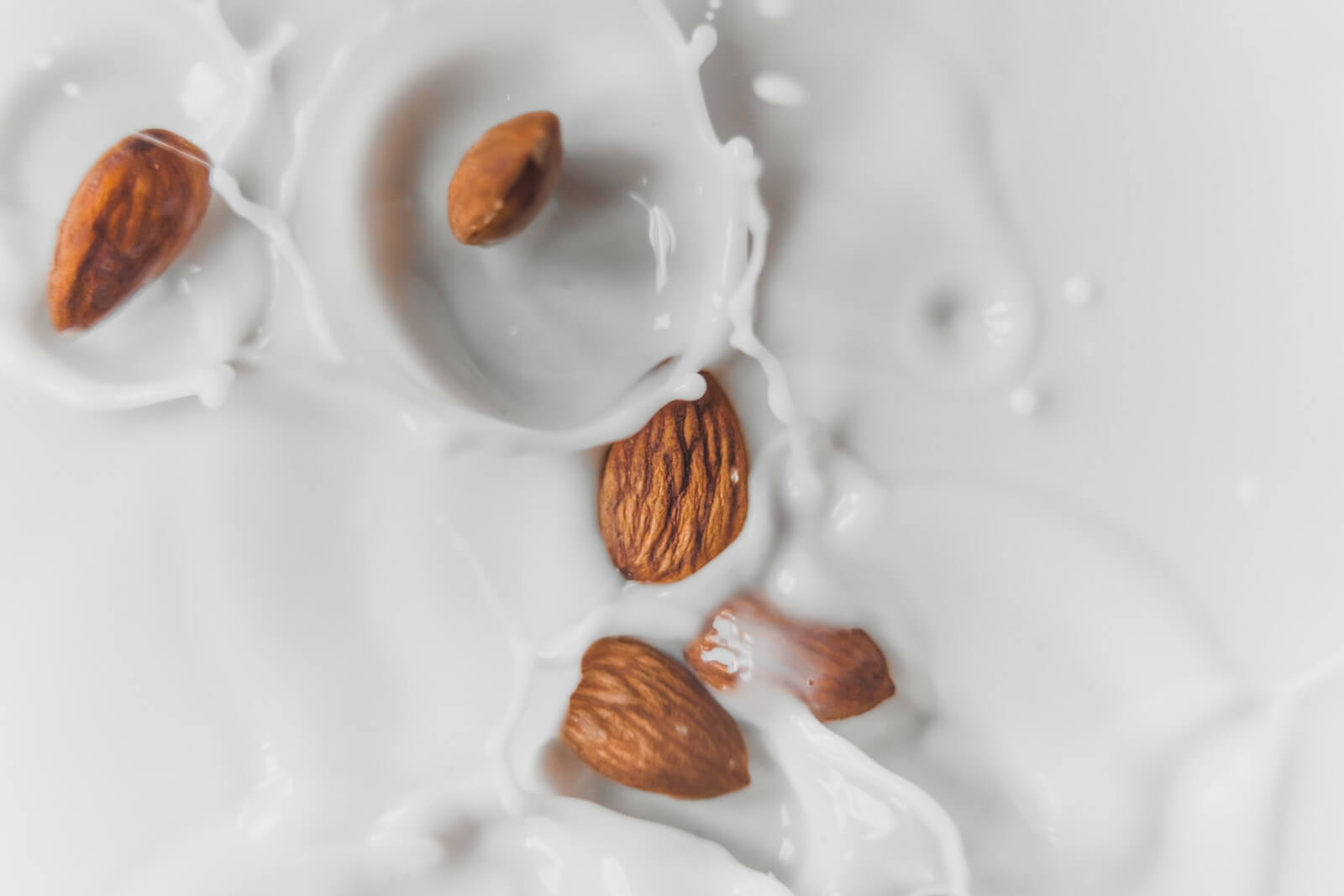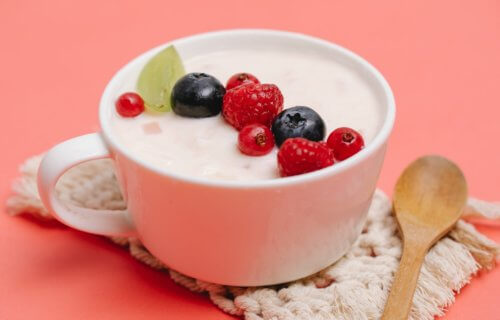AMHERST, Mass. — The verdict is in — almond milk yogurt is the best yogurt you can eat. A new study comparing the nutrition of 612 plant-based and dairy-based yogurts found almond milk yogurt provides the most health benefits.
“Plant-based yogurts overall have less total sugar, less sodium and more fiber than dairy, but they have less protein, calcium and potassium than dairy yogurt,” says lead author Astrid D’Andrea, a graduating senior at the University of Massachusetts Amherst, in a media release. “But when looking at the overall nutrient density, comparing dairy yogurt to plant-based yogurt, with the nutrients that we looked at, almond yogurt has a significantly higher nutrient density than dairy yogurt and all other plant-based yogurts.”
The motivation behind the study was more than a popularity contest of yogurts. D’Andrea cites the growing boom in plant-based yogurts, which has a market that is expected to rise from $1.6 billion in 2021 to $6.5 billion by 2030. The increase is a reflection of adults moving away from animal-based food products and eating more environmentally sustainable products. However, just because it has the word “plant” in its name does not mean it’s the healthiest for you.
“Plant-based diets are gaining popularity, especially in American culture, but just because it’s plant-based doesn’t mean it’s more nutritious,” explains D’Andrea, who is heading to graduate school in food science at Penn State. “There has to be specific research that answers that question.”

The research team collected nutritional information from 612 yogurts sold between 2016 and 2021. Of the 612 in the study, 159 were full-fat dairy, 303 were low or non-fat dairy, 61 used coconut milk, 44 used almond milk, 30 used cashew milk, and 15 were oat-based.
Study authors ranked all of the yogurts using the Nutrient Rich Foods Index, which assigns scores based on how many nutrients are in each product. This allowed researchers to compare the yogurts based on nutrients such as protein, fiber, calcium, iron, potassium, and vitamin D. They also compared how well each product limited things like sodium and saturated fat.
Almond and oat yogurts scored high in the rankings because of their low levels of total sugar, sodium, and saturated fats. The findings could help the food industry develop new methods on improving the nutritional content of plant-based yogurts. One option the researchers propose is creating a hybrid yogurt that is both plant and dairy-based. Dairy yogurts are packed with protein and the combination could increase vitamin B12 and calcium as well as limiting sugar, sodium, and saturated fat.
“Going from dairy all the way to plant-based is a big change,” adds Alissa Nolden, a sensory scientist and assistant professor of food science at the University of Massachusetts Amherst. “There are changes in the nutritional profile, and there’s change in the sensory profile, which might prevent consumers from trying it.”
A separate study from the same lab actually found people favored the two-in-one, plant-and-dairy yogurt over a regular plant-based yogurt.
“Blending provides advantages,” Nolden explains. “It provides a complete protein, and the dairy part helps to form the gelling structure within the yogurt that so far we are unable to replicate in a plant-based system.”
What’s more, researchers believe a combination yogurt would create a delicious snack while saving the planet by having a smaller environmental impact.
You might also be interested in:
- Best Dairy-Free Yogurt: Top 5 Brands Most Recommended By Experts
- Good mood food: Eating yogurt can help you feel happier
- Best Non-Dairy Milks: Top 5 Alternatives Most Recommended By Experts
- A Dietitian’s Take: If you only take one supplement, this is the one to pick
The study is published in the journal Frontiers in Nutrition.


Where’s the rub? Intensive almond growing dependent on equally intensive transportation of bee hives for pollenation is being blamed for increase in bee diseases and excessive water usage in a drought prone region.